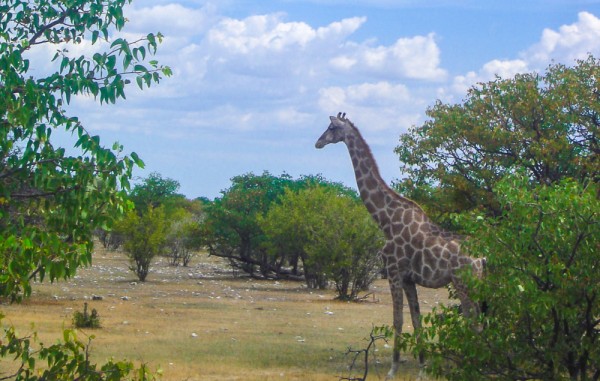
We had made plans for a return trip to South Africa when I got the idea of stopping on the way in Namibia, a vast desert country in South West Africa that sounded intriguing from all I ‘d read and heard. Originally the idea was to fly from London straight to Cape Town. But with a little research, we found that we could fly to Namibia from London (via Frankfurt) and then make our way down to Cape Town. Perfect.
Windhoek, Namibia’s capital, was to be our base. From there we would survey our options and make our bookings. The Sossusvlei dunes in the Namib Desert, the seaside resort of Swopokmund and the fabled Etosha National Park were our top goals.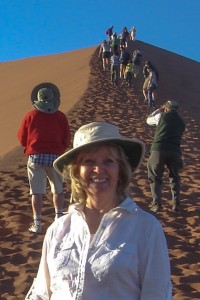
Windhoek
Arriving in Windhoek, we made our way to the Chameleon Backpackers & Guesthouse which was highly recommended. We weren’t disappointed. As well as the usual dormitory-style rooms found in hostels everywhere were several attractive en suite rooms, a swimming pool, licensed bar, self-catering kitchen and an on site travel agency. We were assigned the Elephant Room–aka the honeymoon suite–which came with a queen-size four-poster, en suite bathroom, private patio with outside shower and a tea and coffee setup. Not too shabbyI Once we’d got our bearings, we were ready for our first adventure.
Sossusvlei Dunes
We left our lodgings in the Namib desert at 4 a.m. in a 4WD vehicle and headed for Sesriem, the gateway to the Sossusvlei dunes. Seeing the sun rise over the spectacular red sand dunes was a sight worth getting up at that hour for.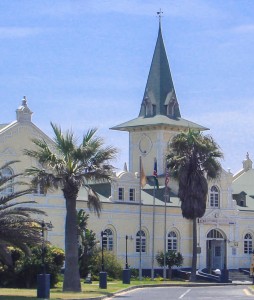 We joined the line wending its way up Dune 45, which rises more than 550 feet above the plain, the sand deliciously cool on our bare feet. Later, we had a picnic breakfast in the shade of a camelthorn tree. When a couple of ostriches sashayed by, ignoring us, we knew we were not in San Francisco anymore!
We joined the line wending its way up Dune 45, which rises more than 550 feet above the plain, the sand deliciously cool on our bare feet. Later, we had a picnic breakfast in the shade of a camelthorn tree. When a couple of ostriches sashayed by, ignoring us, we knew we were not in San Francisco anymore!
Bavarian Swakopmund
Next stop was Swakopmund, the popular seaside town bordering the Atlantic ocean where locals and visitors come to cool off. We stayed at the modest Dunedin Star hotel, named after a Blue Star Line ship which was wrecked off the wild Skeleton coast to the north.
Reminders of the German colonial presence are everywhere but no more so than in Swakopmund. Along with traditional German architecture, some street signs, restaurant menus and magazines were in German as well as English and with apparently around 80 percent of the tourists German, it feels a bit like Germany south. Apple strudel anyone?
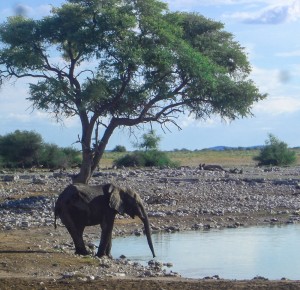 Walking on the seafront path and the jetty, we discovered The Tug restaurant, housed in the permanently beached converted tug, Danie Hugo. A great setting for a meal or to sip a sundowner at the cocktail hour.
Walking on the seafront path and the jetty, we discovered The Tug restaurant, housed in the permanently beached converted tug, Danie Hugo. A great setting for a meal or to sip a sundowner at the cocktail hour.
The next day on the Desert Moonscape tour we discovered the surprising creatures and plants that survive in the nation’s dry, arid landscape. The weird and wonderful Welwitschia plant, which looked like a tattered pile of old rags, could be up to 1,000 years old.
Etosha National Park
Last on our list was a safari trip to Etosha National Park, arranged by Chameleon Safaris. We were a party of five, plus driver and guide, riding in a 4WD vehicle.
We weren’t inside the camp gates five minutes when a giraffe appeared and sauntered across the road. After that, it didn’t stop. Besides giraffes, we saw elephants marching in single file, the babies trying to keep up, a white rhino, different species of antelope and three lions, well camouflaged, blending in with the landscape.
Late afternoon was the time to visit the watering hole to watch the 5 o’clock show, as a steady stream of creatures came to drink and bathe.
Herrero and Himba women
On our way back to Windhoek, we passed some roadside stands operated by both Herrero and Himba peoples, each selling handicrafts.  The Herrero women wore missionary-inspired long Victorian dresses, while the Himba women wore very little at all, but smeared their bodies and elaborate hairstyles with a deep bronze mixture of butterfat and red ochre powder.
The Herrero women wore missionary-inspired long Victorian dresses, while the Himba women wore very little at all, but smeared their bodies and elaborate hairstyles with a deep bronze mixture of butterfat and red ochre powder.
Back in Windhoek at the Chameleon Guesthouse, happily settled this time in the Leopard Room, we spent our last few days exploring Windhoek. The NICE restaurant and bar attracted our attention. NICE (Namibian Institute of Culinary Education) trains chefs in its indoor and outdoor dining rooms, wine bar and sushi bar. The Namibia Craft Centre, housed in the old brewery building, had high quality crafts from all over the country and the Craft Cafe was a great place to sit out on the balcony and enjoy a snack.
W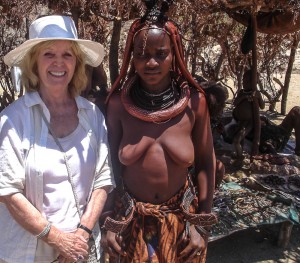 e took an interesting tour of the city and also visited Penduka, a non-government women’s organization, northwest of the city centre at Goreangab Dam. The women sell their needlework, baskets, carvings and fabric creations, and pocket all proceeds.
e took an interesting tour of the city and also visited Penduka, a non-government women’s organization, northwest of the city centre at Goreangab Dam. The women sell their needlework, baskets, carvings and fabric creations, and pocket all proceeds.
It was time to head to Cape Town. The upscale Intercape Mainliner bus, which travels daily between Windhoek and Cape Town, transported us to our next adventure.
—text and photography by Monica Conrady
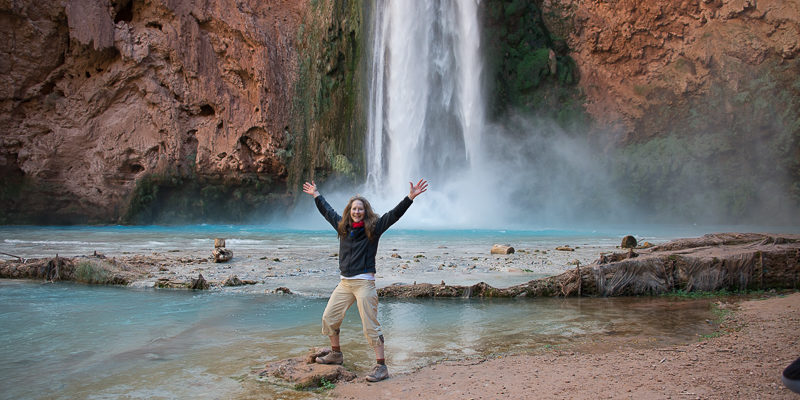
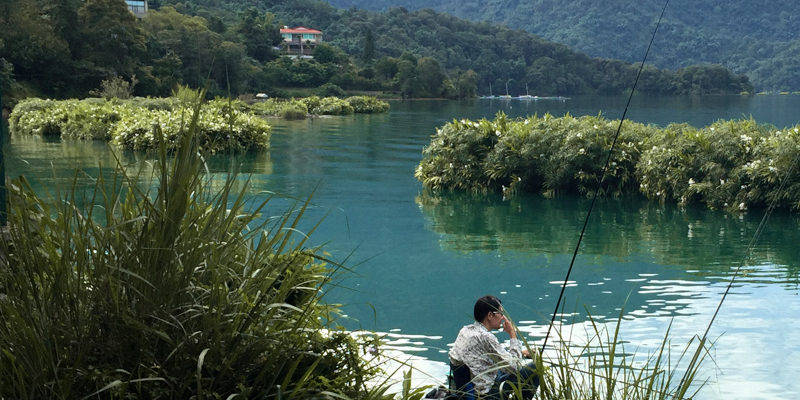
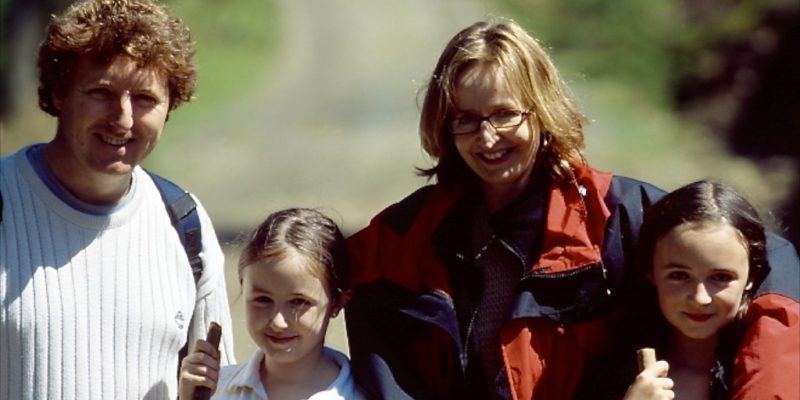

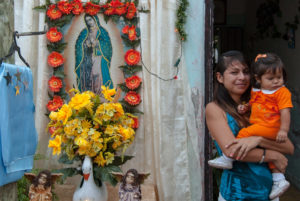
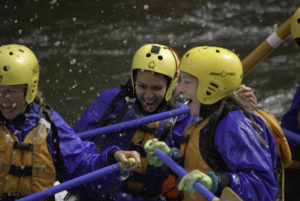
Leave a Reply